Raise Your Hands for Raised-Bed and Container Gardening
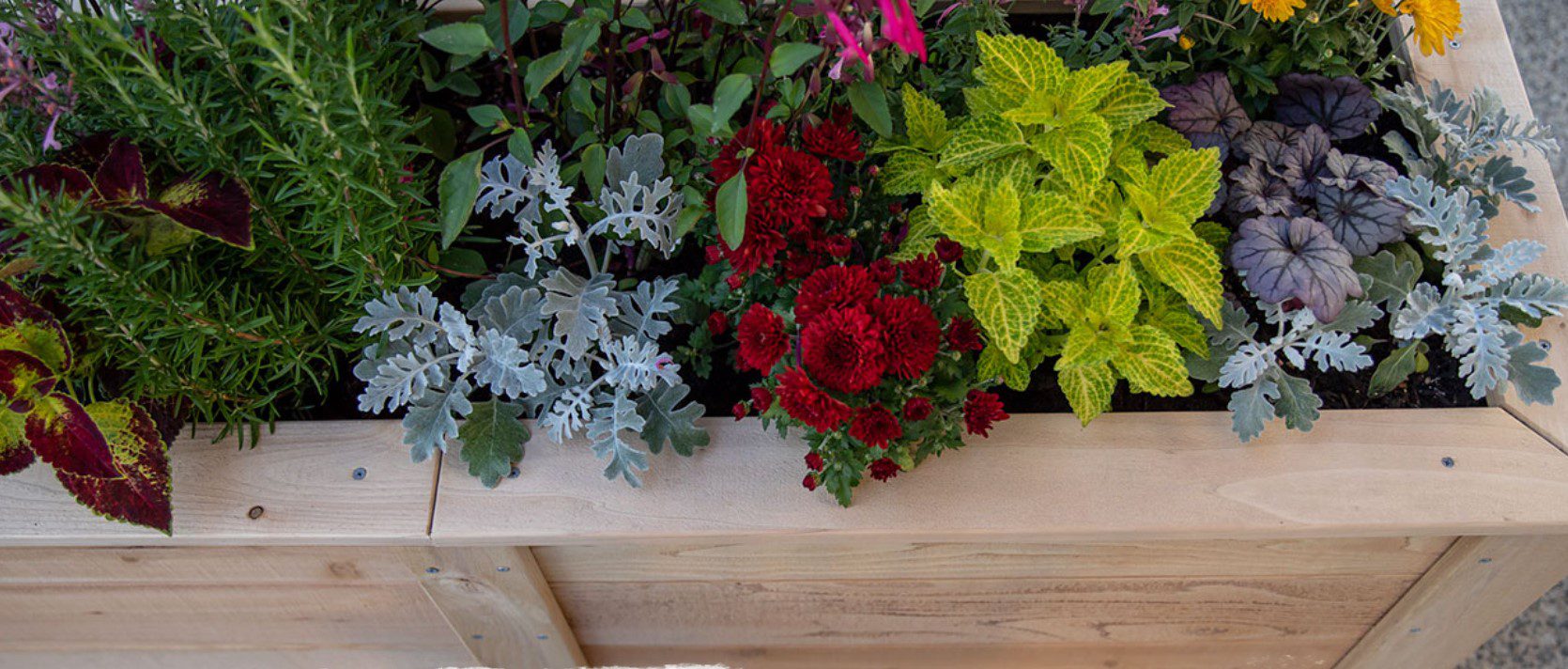
By Linda Lee
Your grandmother did raised bed gardening, but she didn’t call it that. She called it “window boxes.” The idea was the same: a confined space, at a reasonable height, and it warmed faster than the ground.
Of course she probably wasn’t growing tomatoes in her window box. More likely petunias and a few geraniums. And if she wasn’t careful her window box either had no drainage, or baked in the sun and dried out. Either way, it wasn’t very scientific.
These days building a container garden can range from cheap to outrageously expensive. Asian-inspired solutions for tight spaces include vertical gardens. Beautiful cedar planters give seating as well as eye candy. And experts are ready with advice. There are even “instant” fabric raised-bed gardens, so-called Smart Pots that are 12 inches deep and three feet wide. Opened up they can be filled with seven cubic feet of soil and off you go, without digging or hoeing. (One cubic foot of soil weighs about 35 pounds.) See “Nifty Presents for Gardeners.”
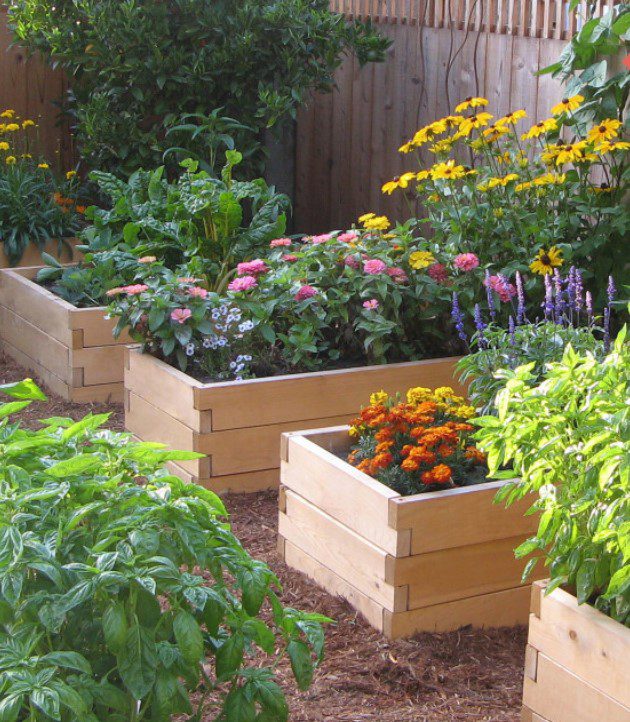
WHY DO RAISED BEDS?
People have grown things in the ground for eons. Why do anything different? Well, sometimes growing space is limited, and it’s easy to pack lots of plants into a raised bed. Whether you’d like to grow on a sunny acre with multiple raised beds or want to plant tomatoes in a small space on a patio, raised beds are easy to build, adaptable, and can meet any budget. Plus, an elevated raised bed makes gardening accessible for individuals with mobility issues, or who are just tired of gardening on their knees.
For people who like organization, there is also an aesthetic appeal. Everything in it’s place. Raised beds mean that gravel paths between the beds (with landscape cloth underneath) eliminate mowing around garden plots. Wooden containers grouped together in a sunny spot appeal to those who have an architectural bent.
And a series of raised beds, placed at equal intervals, with perhaps an arbor, or final focal point, turns a yard into a showplace.
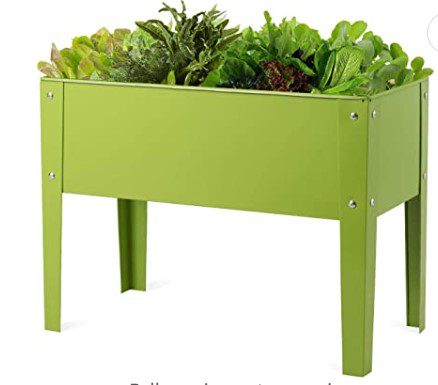
BETTER SOIL
You are in control of your soil. Instead of dealing with heavy clay, rocks or gravel, and having to test the soil in the ground, a raised bed gives you a chance to start from zero. And don’t buy soil by the bag. That’s like buying flour by the tablespoon.
You will need a lot of soil to fill containers. Find a reliable landscaper, and buy a cubic yard of garden soil. It will cost about $50, plus delivery. A cubic yard doesn’t sound like that much? A cubic yard is 1,500 to 3,000 pounds of soil, depending on how wet it is. That’s the equivalent of 50-plus 40-pound bags. And you didn’t have to lift them into your car. Make sure you have a good wheelbarrow.
Now you can build your soil: add compost — if not your own, the National Garden Bureau recommends Black Gold® Garden Compost Blend — organic fertilizer, perhaps a little Perlite to lighten it. And you are ready to plant.

DON’T FORGET A TRELLIS
Of course you will want some “bones” in your flower garden, climbing vines, sweet peas. And those will need some kind of structure. Obviously those should be at the far end. Not everything has to be a trellis. You can use a pole, fence, wires, and a trellis or place for climbers can span two containers beds. Clematis grows as much as 20 feet tall and spreads, but some herbaceous types will confine themselves to 5 feet. With any climbing vine, there is plenty of chance for underplanting, with ferns, day lilies, all kinds of perennials. This works in warmer climates or in well insulated raised beds, perhaps those that are insulated with beds on either side of them. And don’t forget that the reliable small marigolds will keep blooming all summer and will add a splash of bright light on the edge of any planter.
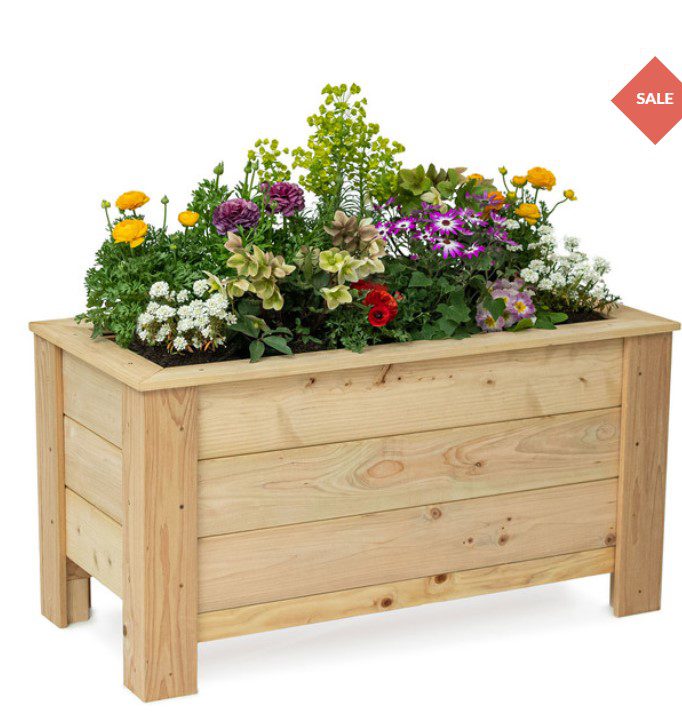
WATER CONTROL
A well constructed raised bed will drain well while plants in the ground may be waterlogged from too much rain. You can install a drip irrigation system, but you also need to make sure that the raised bed has proper drainage. What goes in must come out. The National Garden Bureau recommends the Raised Bed Drip Kit from Johnny’s Selected Seeds, which target the plants’ roots. A drip kit will eliminate the chore of watering with a hose. But make sure when you are citing your raised beds and container garden that there is a nearby water source, and that your well, for instance, will support the demands of summer watering. Always water in early morning, or in the evening, of course. Never in the middle of the day.
CRITTER CONTROL
Even in small towns, the deer are known to stroll around gardens and eat tulips, dahlias, sweet peas, almost any delicate plant growing in the garden. A series of raised containers, with narrow passages between them, would probably discourage most deer. The raised beds also remove the plants from other munchers and pests like mice, voles, skunks, ground hogs and possibly the neighbor’s dog.

GARDENING FOR EVERY AGE
Children love to walk through container gardens, which put plants at eye level. And as gardeners age, container gardens and raised beds extend the joy of gardening for people who can no longer get down on the ground and get up again, even with the help of a kneeler. (Besides, the ground is cold, and a kneeler is tough on arthritic knees.) With a raised bed, especially one with cedar planters or seating next to big planters, an enthusiast at any age can continue being outdoors, planting seeds. Drip irrigation eliminates having to haul hoses and watering cans. The soil is already in the planters. There is no heavy lifting, just putting seedlings into the ground. Even on a small balcony, the tiered planter makes it possible for someone to continue tending plants well into an advanced age.
EXTENDING THE SEASONS
Raised beds warm more quickly than the ground, which means getting a jump on early planting. (Yes, those ranunculus can go in early!) It’s not hard to fit a hoop or a cold frame over a raised bed, to turn it into a nursery bed. And in the fall, a simple tunnel of some kind can extend the fall flowering season for zinnias, rudbeckia, and dahlias into October and November, as long as deadheading continues.
TYPES OF RAISED BEDS
While there is a wide variety of styles and materials used to create these beds—bricks, fallen logs, straw bales, and even concrete blocks—the most common style of a raised bed is easily built from lumber. You’ll find dozens of ready-to-install raised beds available, from metal, raised Birdie Beds to long-lasting cedar or composite raised beds. Elevated raised beds provide easy, comfortable access to grow your favorite herbs, flowers and vegetables. And remember that a flower pot is also a form of container gardening.
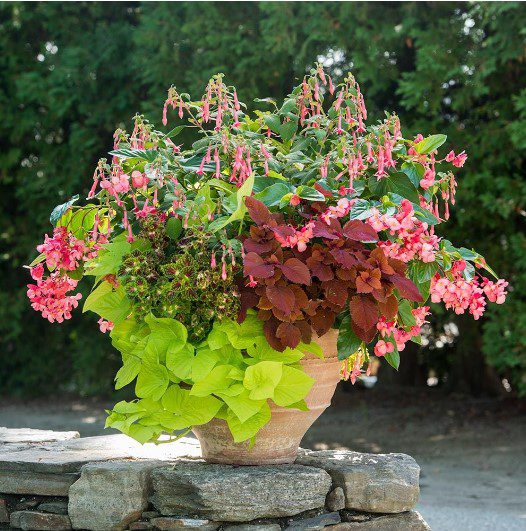
The Green metal Giantex Farmhouse planter, seen above, is $39 to $59 on Amazon.
The portable tiered planter is f rom Edostory, four-and-a-half feet tall, $99.
The Landgard galvanized metal kit tub is $99.
The cedar raised container beds — seen as three — are three-feet square, $365 from Eartheasy.
The single cedar box is 14 inches by 18 inches, on sale from Eartheasy, $128.
Linda Lee is a former editor and writer at The New York Times.
About the National Garden Bureau
Founded more than 100 years ago, the National Garden Bureau educates, inspires, and motivates people to grow home gardens. National Garden Bureau members are horticultural experts, and the information shared with you comes directly from these experts to ensure your gardening success.
